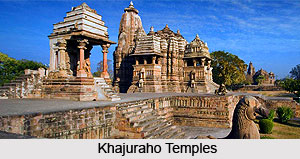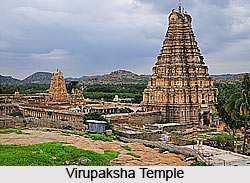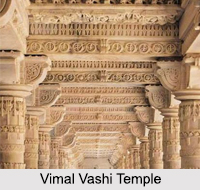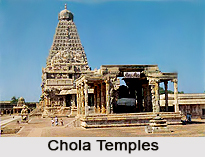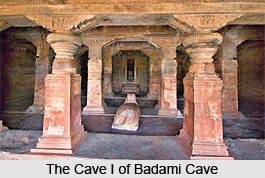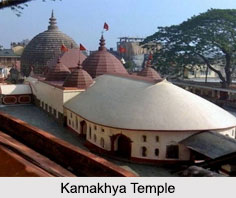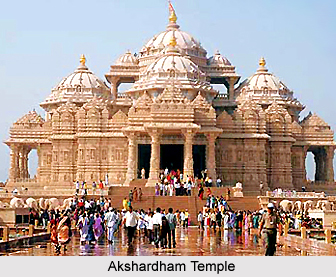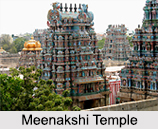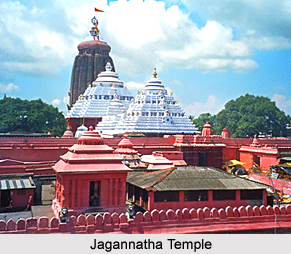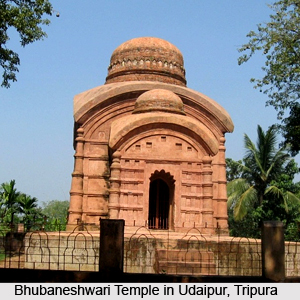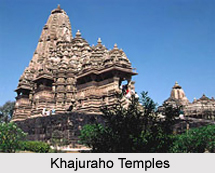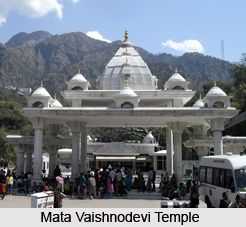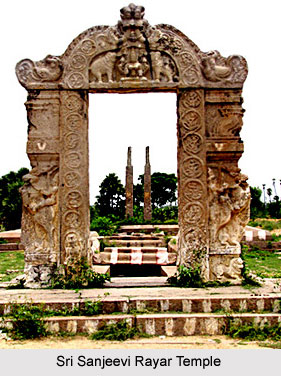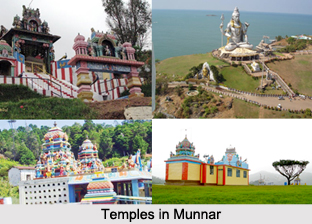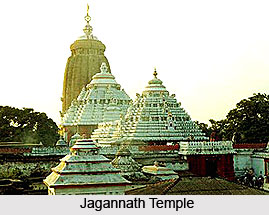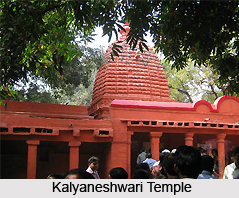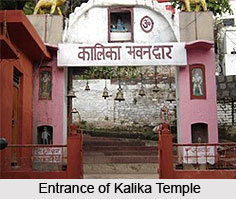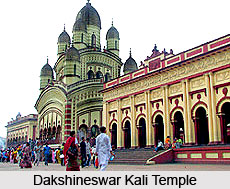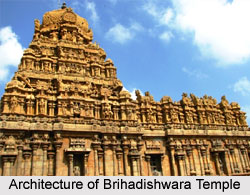Thiru Aappanoor temple is located in the holy city of Madurai in Tamil Nadu. The temple lies close to the Meenakshi Temple. The temple was built by the kings of Pandya Dynasty. The Royal Sethupathi kings and the Pandya Kings had contributed immensely for the development and maintenance of the temple.
Legend of Thiru Aappanoor Temple
The Thiru Aappanoor Temple is associated with a legend according to which one day the Pandya King Solandhagan wanted to visit the Meenakshi Amman Temple. To reach the temple he had to cross the flooded Vaigai River. Miraculously a block or `aappu` converted itself into a Shiva Lingam that helped the king reach the temple. Thiru Aappanoor temple has been named after this incident. According to another legend, once during famine Lord Shiva appeared here and converted the sand of the river into rice.
Architecture of Thiru Aappanoor Temple
Thiru Aappanoor Temple was first constructed by the Pandya kings. Later it was further built by the Nayak kings. A small shrine dedicated to Lord Shiva can be seen here. The idol faces the eastern side. Another shrine dedicated to Subrahmanyar has been established here. It is positioned between the two shrines of Lord Shiva and Ambal. It is for this reason that the temple is said to be of Somaskanda style. One of the pillars of the temple depicts the image of Lord Hanuman. There is also a fig tree (Ficus religiosa) situated between the two shrines. A statue of vinayagar can be seen beneath the tree. It is believed that Sambandar had composed the Thevara Pathigam on Thiru Aappanoor.
Festivals of Thiru Aappanoor Temple
The Thiru Aappanoor Temple celebrates many festivals on a grand scale within the temple. During the Tamil month of Maasi the festival of Bhrammotsavam is celebrated at Thiru Aappanoor. The festival of Navaratri is also celebrated with much enthusiasm in the temple. The idols of Meenakshi and Sundareswarar are brought from the Meenakshi Amman temple to the Thiru Aappanoor temple on the auspicious day of Panguni Uththiram. Devotees need to cross a river to carry the idol from one temple to the other. The idol is later placed back in the Meenakshi Amman temple on the Rishabha Vaahanam. The festival idols of the temple are made of silver. They are taken out for a grand procession during the Pradosham festival that is celebrated bimonthly.
The Thiru Aappanoor Temple is well connected with all modes of transport. Located in Sellur in Madurai, it can be reached through bus that ply from Madurai Periyar bus stand. The Simmakkal bus stop can also be availed by the tourists.
